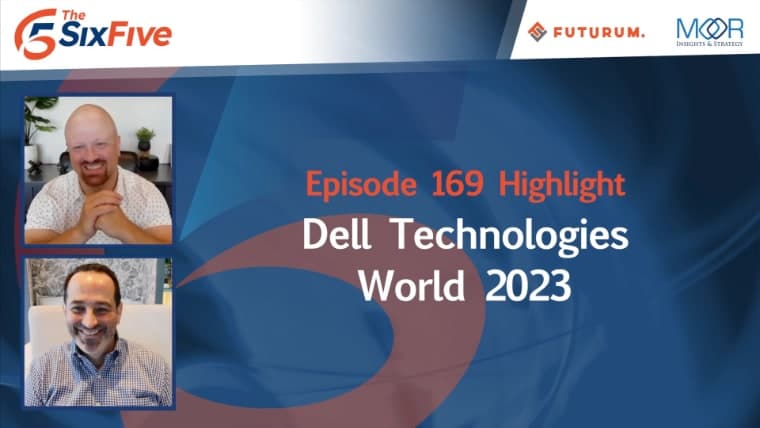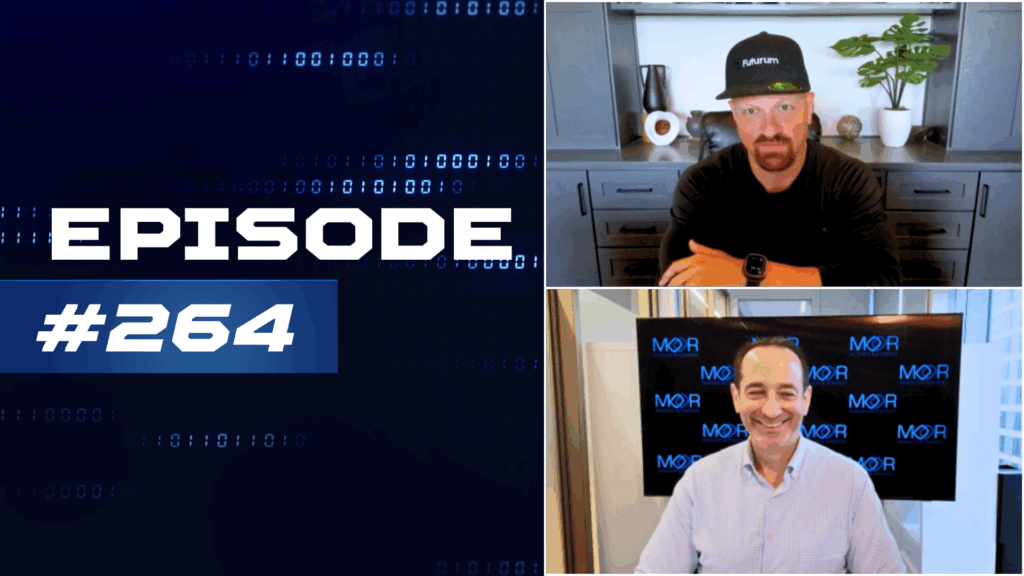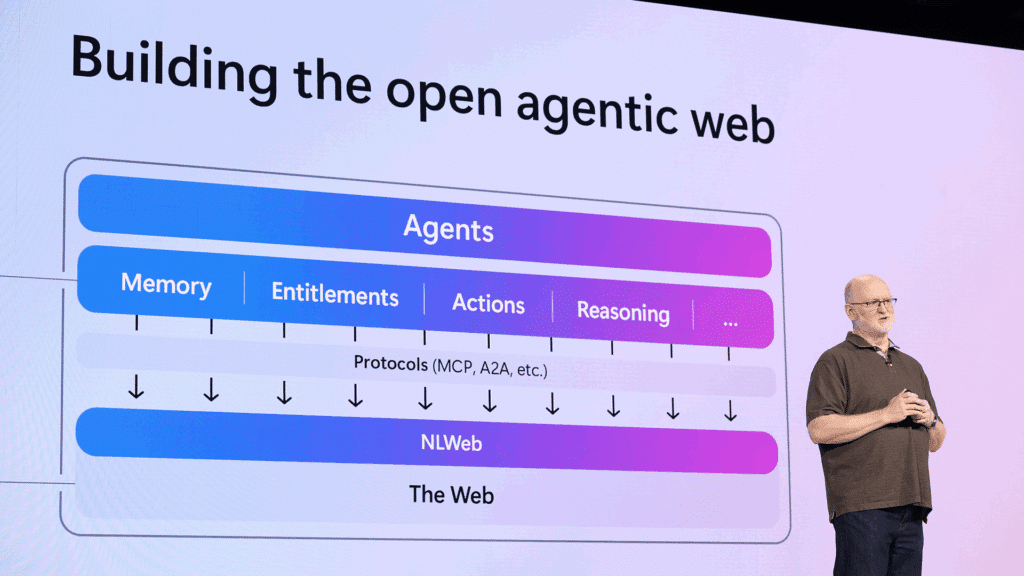The Six Five team discusses Dell Technologies World 2023.
If you are interested in watching the full episode you can check it out here.
Disclaimer: The Six Five Webcast is for information and entertainment purposes only. Over the course of this webcast, we may talk about companies that are publicly traded and we may even reference that fact and their equity share price, but please do not take anything that we say as a recommendation about what you should do with your investment dollars. We are not investment advisors and we ask that you do not treat us as such.
Transcript:
Patrick Moorhead: Yeah. So it was a good show overall. I think this is my 11th Dell Tech World I guess when it was called Dell World. Sorry about the dog barking in the background. It was one of the clearest Dell Tech Worlds that I’ve attended in a while. First thing I do when I come to a show like this is I gauge the confidence of the senior management team and whether it’s Michael Dell, Chuck Whitten, Jeff Clark. They were confident, very confident in everything that they were saying. If there’s any company that knows how to weather a storm, it’s Dell, the ups and downs, the ability to do that.
More times than not on the other end of the funnel, Dell has done something to put themselves in the lead in a certain market segment. I would say the big takeaway for me, which I was not pleasantly surprised, but I’ve been advocating for the hybrid multi-cloud for more than a decade and was doing it before it was cool and it was good that I got that in, Dan, but it was good to see that was really the headline behind that, putting in managed services to be able to best take advantage of the cloud.
Now, strategically, what the company is doing is using storage as its core starting point, and that makes sense, right? It’s a position of strength. If you can parlay storage into data and data into AI and making money across the multi-cloud, I think your good chance of cranking in a ton of business. There was a lot of talk about Apex, which is the overall as a service brand for pretty much everything as a service, even if it’s workforce solutions, future of work cloud. There was also, as you would expect, as we’ve seen at every show, AI discussions, and Jensen was on video from Nvidia with Jeff Clark going through a new project that they’re working on to really enable companies, like we said in the prior piece in SAP, to work on private data sets.
Moving forward, I think Dell’s biggest challenge will be to convince people why these operations, these AI operations are done best on the private cloud and on the edge. The edge is not going away anytime soon, but I think enterprises are trying to figure out, “Hey, where’s the best place to put this training in this inference?” Who knows? Maybe it’s training in one place and inferring in a different place. What I do know is industry still hasn’t figured out federated learning at the edge, where essentially you could do everything between the edge and just spread out the inference goodies out there across everybody and make incremental changes.
All in all, I thought it was a really solid event. I think Dell likely scored some points, and with its competitors’ shows coming up afterwards, its more primary competitors, it’ll be interesting to see if this influences how their content is packaged or not. I had one senior executive tell me, I won’t name who that is, says, “Yeah, we created some problems for our competition going into this.” I saw that more, not just a bunch of ax wielding or ax shaking, but I noticed it too, and that doesn’t make it true, but I think it’s just, again, I’m really looking forward to see what the next few shows have in store and, hopefully, it’s multi-cloud. Hopefully, it’s multi-cloud fabrics because that is the future.
Daniel Newman: Yeah. So Pat, I think you called it out. There was the overarching theme that is AI, that’s just finding its way into any and every conversation right now. Then there is the underpinnings, the picks axes, shovels, and everything else that’s going to be required to actually deploy this. We’ll talk about Nvidia later, but the big boom right now is all about an arms race to deploying the volumes of infrastructure that are going to be required to train all these models and to deploy enterprise AI, whether that’s probably starting with a lot of hyperscalers, doing it as a service. Then of course, enterprises, larger ones, are going to have to determine a way to do it on their own prem.
Of course, data privacy, security, governance, these are going to be huge topics. So companies like Dell have a big opportunity to play in that plumbing, in that picks and axes part of the universe. Obviously, Dell has this big demarcation right now because you’ve got the devices part of Dell, which is huge and it’s a little bit in a … You could say that it’s not Dell that’s in a rut, but the whole device ecosystem is a bit of in a rut. We had that huge buying driven by the 2020 and 2021 work from home events and now you have a shift away and everything’s more infrastructure focused.
So Dell has a ton of potential there or, A, just continuing in their leadership of storage, servers, all the things that the company has to sell to enterprises, and then they have a richer set of Dell Apex, which is their as a service and on-prem as a service offering. That’s moving forward. Of course, there’s a lot of competition there. This is the multi-cloud universe and what’s happening is big hyperscale cloud is moving towards prem and the prem providers are moving towards the cloud and everyone’s meeting at a different destination.
Now, Dell did 102 billion dollars in revenue last year, 102 billion, yet the market cap of the company’s under 40, which is just a remarkable gap in terms of value. So that makes Dell one of the more undervalued assets in the marketplace given its size, scope, scale, revenue. Pat, we talked to the head of services, Doug Schmitt. They have 60,000 strong just to provide global service to their customer base. It is a tremendously large organization.
Pat, Project Helix is interesting. It sounds to me like another move for these companies to pre-configure build an image out servers and devices, and they can be quickly deployed to be leveraged and utilized for generative AI applications. I expect that to be something that will be launched across the industry, but some of it was good, some of it was interesting. Of course, Jeff Clark’s demo with Gen AI, was very funny. He was talking to Jen Felch, their CIO, but at the same time, he did a really great demo when he was talking to Gen with the G AI.
My take, Pat, as a whole is Dell has a lot of the core technologies and requirements to be a big player in this transition. They also have a lot of proving to do in this particular moment in time because the cloud providers are definitely trying to make it very lucrative. They’re trying to make it very subscription driven, and all of the on-prem consumption services are still light compared to what the public cloud providers are able to offer. I think Dell made some good progress and I think that the fact that multi-cloud will not just be multiple hyperscale clouds but will be multiple clouds, edges, telco does create a compelling argument for the real architecture that most companies are trying to build against, and Dell does have a broad set of solutions to support those customers.
So also just a quick note of appreciation to the leadership, Michael, Jeff.
Patrick Moorhead: Made their selves available, didn’t they?
Daniel Newman: They really did, Pat. We spent a lot of time with Sam. You did a great interview with John Roese, the CTO. There’s just a lot of access. I can never get over just how generous Michael Dell is with his time and he does really value the perspective of the analysts and he takes his time to make sure the analysts are given the information they need.
Author Information
Daniel is the CEO of The Futurum Group. Living his life at the intersection of people and technology, Daniel works with the world’s largest technology brands exploring Digital Transformation and how it is influencing the enterprise.
From the leading edge of AI to global technology policy, Daniel makes the connections between business, people and tech that are required for companies to benefit most from their technology investments. Daniel is a top 5 globally ranked industry analyst and his ideas are regularly cited or shared in television appearances by CNBC, Bloomberg, Wall Street Journal and hundreds of other sites around the world.
A 7x Best-Selling Author including his most recent book “Human/Machine.” Daniel is also a Forbes and MarketWatch (Dow Jones) contributor.
An MBA and Former Graduate Adjunct Faculty, Daniel is an Austin Texas transplant after 40 years in Chicago. His speaking takes him around the world each year as he shares his vision of the role technology will play in our future.





